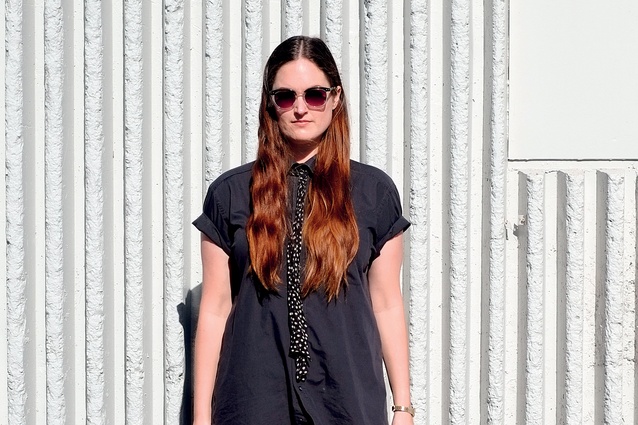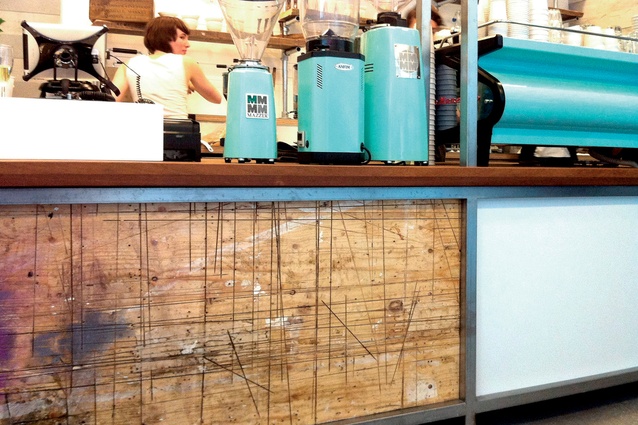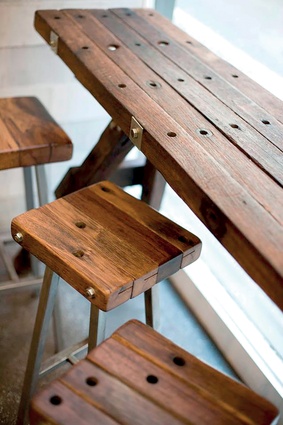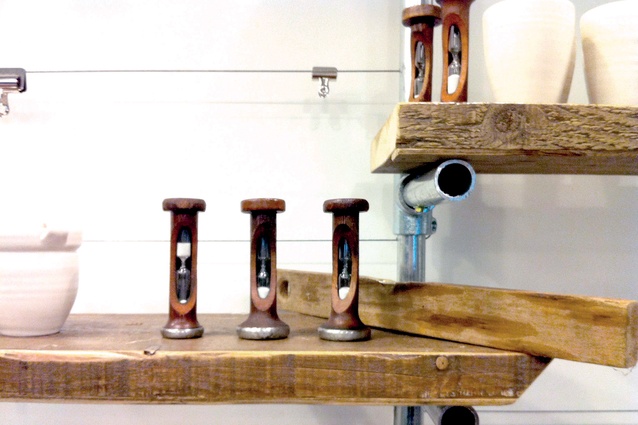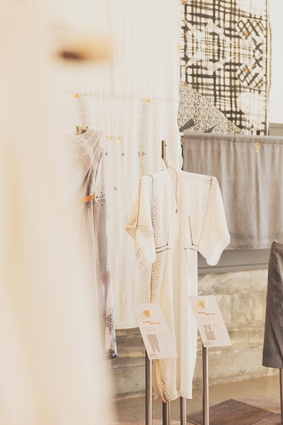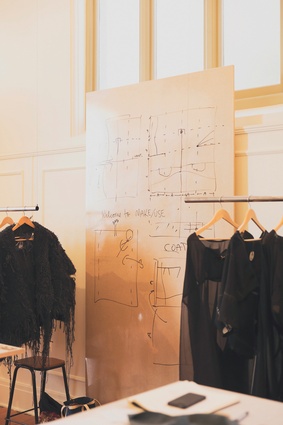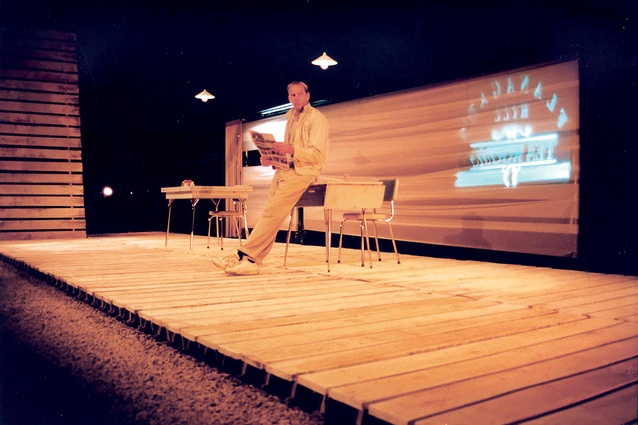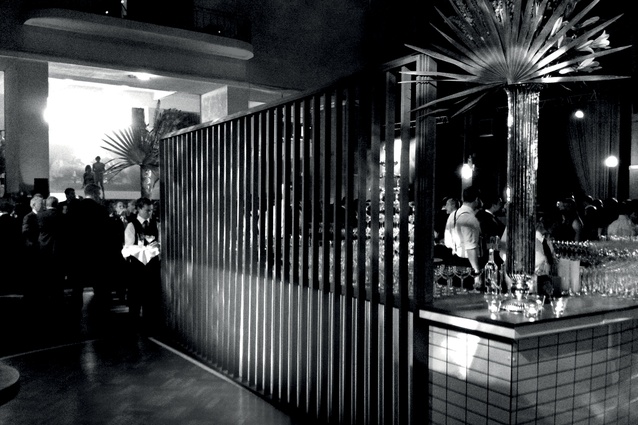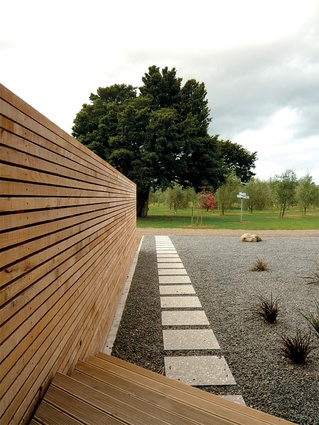Designer profile: Jen Archer-Martin
Federico Monsalve chats with Jen Archer-Martin, the Major coordinator of Spatial Design and lecturer at the School of Design at Massey University in Wellington.
You have been involved in event, exhibition, hospitality, performance, residential and other forms of design. Is there a common thread?
In a sense I don’t see the different kinds of projects as different disciplines, but rather different applications of spatial design practice. What links them is the consideration of time – they are all forms of temporary dwelling or inhabitation. Residential design is probably the longest cycle of inhabitation, but if you think of it at the scale of a lifetime, it is still temporary. If you look at this at the scale of a day, it’s like a narrative, or if you take a longer period of time, it’s more like a repeated cycle.
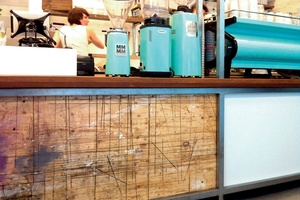
As a spatial designer, my first task is to identify these experiential narratives and cycles and then explore the spatial and material qualities of those experiences. It’s possible to see a recurring theme in much of my work of using reclaimed or repurposed materials, and of considering not just how something goes together but how it might be taken apart and used again for something else. I think a lot of that comes from starting out doing set design with minimal budgets, but it’s an ethos that has translated across the different kinds of projects I work on, particularly when I am both designer and maker.
Tell us about your transition from practising designer to academic.
I wanted the freedom to explore more experimental (sometimes less profitable!) projects that challenged current industry practices, and the university environment is an inspiring, dynamic place to do that. Plus, I love teaching. I don’t think the students always realise how much they inspire us – I am constantly learning from them.
Key to making this pratice possible is the attitude to academic research at Massey CoCA, where critical creative practice is embraced as research. This is surprisingly forward-thinking for academia, and acknowledges that it is often through doing design that we produce new knowledge.
What are the differences between the way you were taught your craft and the way you teach it now?
The same spirit is there; it’s just that the technology has evolved. We still get students to draw and make – there’s an embodied understanding you learn through physically doing something that you don’t get working digitally. There is also more emphasis now on collaborative and socially engaged practices, although the seeds of that were always there in spatial design.

Why do you think those changes happened or what made them relevant?
Social, political and economic forces are no longer background – they’ve become visibly present in everyday life. Questioning those forces is not just for academics, politicians and activists. Every decision you make as a consumer is a statement. Even by not engaging with those ideas, you are communicating something. I think design is starting to wake up to its ethical responsibility, which is a burden but also a privilege.
Spatial design is one of those places where a whole host of ethical questions converge – environmental, social, cultural, political – and where these things are revealed as interconnected. If you approach the design of spaces with an overarching ethic of care, there is a real chance to make a difference and perhaps to relieve some of that anxiety for people.
What do you see as the most potentially disruptive force within your profession?
Well, hopefully not World War Three! In all seriousness, there are many global issues that highlight one of the basic functions of spaces: survival. This definitely serves to disrupt a more sheltered, elitist kind of design practice that is closely tied to consumption and status. Also the impact of technological and scientific advances can’t be ignored.
We’re getting to a point where the line between physical and digital is becoming blurred, and there are new and exciting opportunities to play in that blurred territory, which a number of my colleagues and students are doing. Speculative design projects that bring to life possible futures can serve to question the ethics or implications of emerging technologies before they become a (potentially dangerous) reality. They can also offer portals into different worldviews or make visible emerging perspectives, such as a shift towards embracing non-human users or stakeholders in design, like designing spaces not just for people but also wider ecologies.
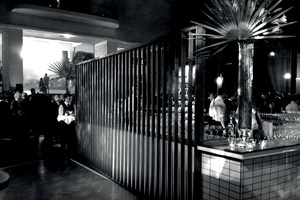
If we treat other living things as clients or end-users and actively work to improve their well-being (rather than merely trying to minimise harm), we may start to realise that removing humans from centre stage can benefit us too.
When did Massey begin teaching “spatial design” and why was that change made?
2001 was the first specialist year of our current programme, which started off titled ’Interior Design’ – the name change to ‘Spatial Design’ happened in 2007. It was initially taught by a few wonderful people with backgrounds in architecture, interior design and performance design, and in the context of a College of Creative Arts that included visual communication, industrial, fashion and textile design, as well as photography and the School of Art. There was always a transdisciplinary quality that invited cross-contamination from various fields of practice.
One of the main drivers to change the name was a desire to transcend the limiting preconceptions people (still) have about interior design – namely that it is purely about decorating the interior surfaces of architecture, and that it is something done only by women and gay men. Fighting these preconceptions is important, they were also just getting in the way of exploring what design could do.
A lot of what we still do is proudly interior design or interior architecture, but in an expanded sense (including but not limited to the inside of buildings). The ambiguous nature of ‘spatial design’ is appealing for a lot of students as it suggests open-ended potential for discovery, and we now have a larger number of students and a better gender balance in the programme.
The arrival of spatial design seemed to be a very welcomed ‘silo-breaker’ for various disciplines (interiors, landscape, etc)… what next for the profession?
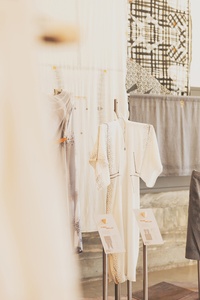
Spatial design may be a model for reconfiguring the whole set of spatial disciplines, some of which are already undergoing their own internal crises of identity. Perhaps there is a future where, rather than going straight to an architect who is going to design you a building, you take a design problem to a spatial designer, and they help you figure out whether the solution might be a building, or a landscape, or a virtual experience, or a garment.
Or, perhaps the spatial designer provides the creative direction while collaborating with or subcontracting people with expertise in architecture, landscape etc. In that model, you retain well-defined areas of specialist disciplinary expertise. I think the most likely and thrilling possibility is that there won’t be a top-down reconfiguration but rather a bottom-up disruption of disciplines.
If you look at the graduates across design and architecture disciplines, you find more who are moving across fields of practice, following passions, projects, issues and ways of working that resonate with them. These are the people who will teach the next generation in a similar way to what I’m doing now.
Is there much design exchange between Wellington and the rest of the country, be it in terms of talent, products, etc?
Our students come from all across the country, as well as overseas, so there is instant connection there. Wellington, like Melbourne, is one of those places people are drawn to for its lifestyle and creative, experimental buzz. I’d like to think that spirit of experimentation and questioning the status quo is taken back out to other places, both urban and regional.
In terms of professional practice, there is definitely a constant flow both nationally and internationally. We are quite attractive to visiting practitioners and academics from overseas, which provides good opportunities for learning, exchange and collaboration. Our staff also engage in a range of national and international projects that students get a chance to work on.
Locally, we are ideally positioned for learning about spatial design as we have such a variety of spatial typologies and landscapes condensed into one region, which allows fascinating opportunities for exchange.
One of the recurring themes when chatting to Wellington designers is this mantra of being ‘environmentally conscious’. Do you see this as a common preoccupation among your students?
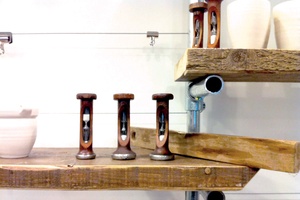
I’m both surprised and not surprised that this is seen as a particularly Wellington thing. Surely we should be at a point by now that understanding the environmental impact of what you design is a fundamental part of practice? And that the health and well-being of people is intrinsically linked to the health and well-being of our environment? It is certainly a preoccupation among our students, but encouragingly, it has shifted from ‘I’m going to do a project about sustainability’ to having those values embedded in every project.
It is also important to critique overarching terms such as ‘sustainability’ and ‘wellbeing’ rather than just take them at face value. What does that actually mean in practice and does that align with your intentions? Does privileging ‘well-being’ unintentionally exclude those who are not ‘well’?
Design as an agent of positive change is something that is becoming more and more talked about. What are its potentials and limitations?
Design certainly has agency, as do the products of design, whether they are spaces or furnishings or other products. Whether that agency has a positive or negative impact depends on the level of conscious intent and care in the making and use of the product.
It’s not something that’s optional – you don’t start a project saying ‘this one is going to be an agent of change’ – rather, you should be asking ‘what kind of change is this design going to effect?’ The sooner the design industry realises that, the sooner design with negative impact will be seen as inexcusable. That is what is going to bring about the most positive change.

